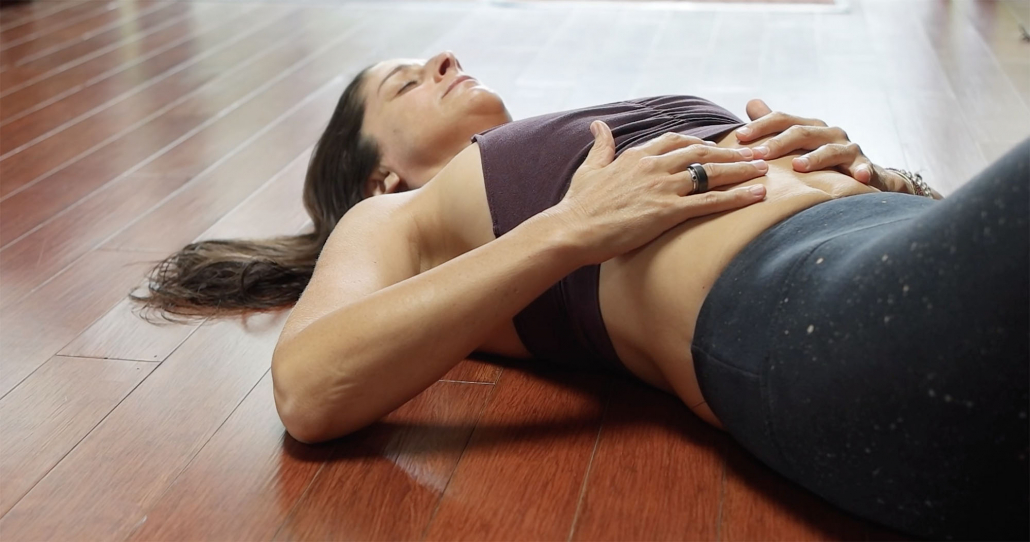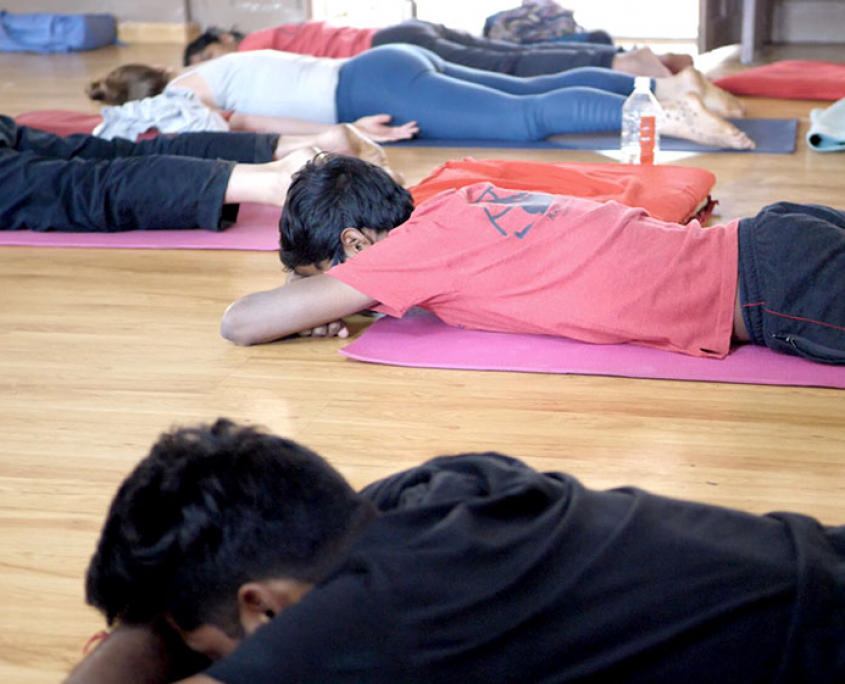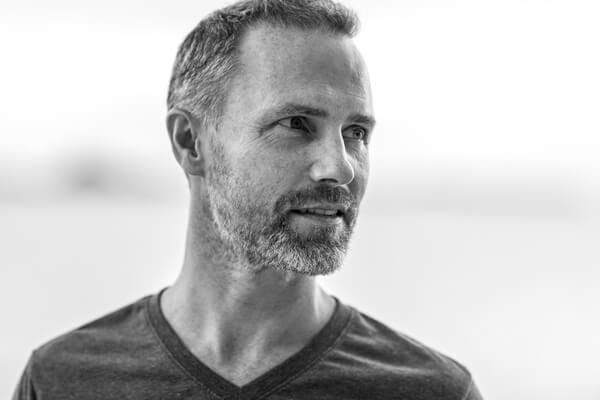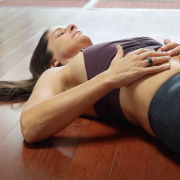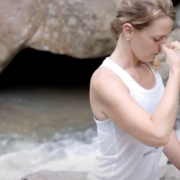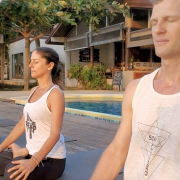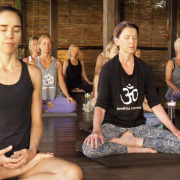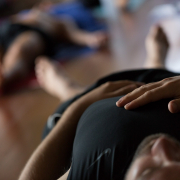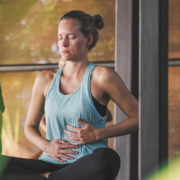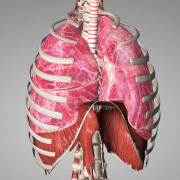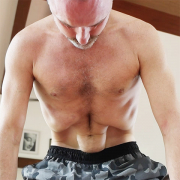 https://samahitaretreat.com/wp-content/uploads/2020/09/paul-nauli-training.jpg
480
480
Dr. Paul Dallaghan
http://samahitaretreat.com/wp-content/uploads/2024/01/samahita-logo-v2.svg
Dr. Paul Dallaghan2020-09-08 06:42:562023-11-02 04:46:421 Minute Yoga – Nauli Training
https://samahitaretreat.com/wp-content/uploads/2020/09/paul-nauli-training.jpg
480
480
Dr. Paul Dallaghan
http://samahitaretreat.com/wp-content/uploads/2024/01/samahita-logo-v2.svg
Dr. Paul Dallaghan2020-09-08 06:42:562023-11-02 04:46:421 Minute Yoga – Nauli TrainingBreathwork for Anxiety and Other Difficulties
You engage in pure intimacy everyday. It’s called breathing. How deep it goes is a matter of difference between individuals. That depth and the breath’s effect can also be stifled with reduced intimacy based on how you mentally appraise a situation – an emotional response displays as anxiety or one that is managed and reveals resilience.
The anxious state makes itself known immediately in your breathing. One of the most famous teachings on yoga is the classic Bhagavad Gita, part of India’s epic Mahabharata. Meet Arjuna, the Gita’s protagonist who is suffering an anxiety attack whereby his breathing changes, heart palpates, and thinking becomes obscured. Though his teacher and guide does offer practice with the breath ultimately his anxiety is removed through a deeper understanding of the nature of life.
Our focus is how breathwork can help you manage your ongoing anxious feelings, that disrupt your stomach and heart, as well as an impending anxiety attack.
Let’s again offer a definition for breathwork: “the regulated activities, consciously engaged in, to exercise and optimize the organs of respiration and brainstem nervous impulses that control breathing, with an outcome of improved respiration across a 24-hour period” (Dallaghan).
An anxiety attack is marked by hyperventilation, an increase in breathing rate that eliminates more carbon dioxide than the body is producing at that time. (1) This changes blood pH to a higher alkaline state known as respiratory alkalosis with symptoms similar to Arjuna’s as described in the first chapter of the Bhagavad Gita, namely lightheaded, tingling in lips, hands or feet, feeling weak, and what we can term as a “mental freak out” due to the physiological changes that limit prefrontal activity of the brain (2).
The Beck Anxiety Inventory (3), a classical clinical diagnostic platform, indicates the following symptoms: numbness or tingling; feeling hot; wobbliness in legs; unable to relax; fear of worst happening; dizzy or lightheaded; heart pounding or racing; unsteady; terrified or afraid; nervous; feeling of choking; hands trembling; shaky/unsteady; fear of losing control; difficulty in breathing; fear of dying; scared; indigestion; faint/lightheaded; face flushed; hot/cold sweats. You would rate from 0 to 3 how strong or not these symptoms are for you.
Experiencing all of these, especially in an intense level, would be extreme. However, many experience some or a lot of these, often in the mild level, which then play out over the long run, reducing stress resilience and adding to the chronic stress load. In other words, anxiety not cared for risks turning into a chronic condition that then severely impacts your overall state of mental and physical health. An analysis of these symptoms reveals they are primarily physiological.
You can address both an anxiety attack and the ongoing burden of anxiety through breathwork. You can do this as its own technique or in combination with other therapies or medication you are being supervised in. It is not meant to replace other treatment. If you are on medication or in other support therapy treatment it is wiser to continue with that and build up the breathwork practice gradually. It is not recommended to drop prescribed medication or other treatments in the hope that breathwork will fix it. Any benefit from these practices come from a regular practice over the long term.
To counter the rising chronic effects of anxiety leading to stress burden a good starting practice routine is as described in this article (4). Further work can develop the breath as a personally empowering routine which requires a sequence beyond that recommended in the 10-minute practice. Refined practice with the breath tends to fall under the classical Pranayama techniques which we teach at Samahita Retreat. There is a distinction between breathwork and Pranayama yet both involve the breath. However, if anxiety and its physiological woes continue for you then it is more advised to follow the below prescription and then take on the previously mentioned 10-minute practice.
A panic or anxiety attack is an acute response and can benefit from immediate breathwork.
A: Breathwork in response to an anxiety or panic attack:
- Laying prone breath
- Lay down on the front of your body on the floor/mat/bed/couch
- Fold arms and cross them under your forehead
- Put most attention on your inhale
Inhale to medium capacity – belly and side ribs expand so it feels your back rises up
Exhale without any extra effort – allow it to flow out and sink with it
Aim for at least 20 breaths like this or more until the condition is returned to normal
The nature of the position puts a stronger gravitational force on the exhale which is why little effort is needed. A panic or anxiety attack is typically accompanied by hyperventilation which is a form of excessive exhales within quickened breathing. Now a longer, smoother, medium full inhale while laying on your belly allows maximum massage from the diaphragm to the upper abdominal stress site. Any physiological abnormalities can stabilize.
A more enduring anxiety state, without some of the acute reactions of an attack, then needs to be addressed and transformed physiologically. In short, you are living in a prolonged fight-fright-flight state. It needs direct intervention to reduce its chronic impact.
B: Breathwork in response to an ongoing anxious state of being:
- Relax – Lay on your back or belly and allow smooth breathing and your body to release
- Sit – get into a comfortable seated posture where the heart is lifted, free and open
Start – by just observing the flow of your breath as it is right now - Continue – engage with the breath so it becomes a measured 1-1, this means same length inhale as exhale. The length will vary per person. Better to start at a shorter count (in seconds) as it will be easier to stay in it and let it grow. Do at least 10 rounds like this.
- Extend the exhale – After the 10 rounds of 1-1 notice how your heart area feels, any tightness in the chest area? To reduce that pressure and enhance feeling better extend the exhale so it becomes a measured 1-2 breath. This means the exhale now grows to double the length of the inhale. The exhale done in a relaxed state like this has strong nerve calming effects. The more regular you do this then your system adapts to the signal of a calm dominance and can autonomically shift from inner stress responses to a supportive physiological state. 10 rounds.
- Humm – (aka Bee Breath) continue the exact same breathwork mode but change the exhale to a nasal humm. This means a sound will arise on the exhale similar to “ngggmmmm”. The sound vibration should ideally be localized at the back of the naso-pharyngeal space, around and beyond the soft palate.
- Lay down and relax – either on your belly or back and be with the remaining breath
C: A regular breathwork routine to handle anxiety and manage stress:
– combine the above prescriptions of A and B with the Quadrangular Breath 10-minute practice, as follows:
- Lay down and relax – first on your back and notice relaxation across the body X 10
- Lay on your belly – do a medium breath level, inhale focused, anxiety reduction X 10
- Quad-Ratio Breath – follow the instructions and build from 1-pause-1-pause up to a measured level of 1-1-2-1 as follows: 1(inhale)-1(pause in)-2(exhale)-1(pause out)
- Bee Breath – “Ngggmmmm” dropping the measured pauses follow a double length exhale with the humming sound (as above) from your naso-pharyngeal to soft palate space, inhale remains as normal through the nose
- Lay down and relax – either on your belly or back and be with the remaining breath
Recommendations:
Apply A: in an acute situation and stay in this position with breath till things normalize.
Develop B: as a way to connect more with your breathing and affect a physiological change.
Continue C: breathwork is only as effective as the regular time you put in. It needs that regularity, just like any hygienic practice, such as brushing your teeth. Schedule a few minutes every morning for this.
It is not about a high sensation trigger-reward when doing but the ongoing daily deepening effect over time that changes how your autonomic system handles the stressors continuously firing at you all day.
Do it and feel good.
References
- (1)
Hyperventilation in Wikipedia
https://en.wikipedia.org/wiki/Hyperventilation - (2)
Louisiana State University Health Sciences Center. “How stress remodels the brain.” ScienceDaily. ScienceDaily, 14 April 2020.
https://sciencedaily.com/releases/2020/04/200414122804.htm - (3)
Beck Anxiety Inventory in Science Direct
https://www.sciencedirect.com/topics/medicine-and-dentistry/beck-anxiety-inventory - (4)
Breathwork in Times of Stress: a 10-minute breath practice https://samahitaretreat.com/breathwork-in-times-of-stress/
By Paul Dallaghan
Dr. Paul Dallaghan’s expertise with breathwork, body and meditative practices comes from three sources: (1) three decades of daily dedicated practice and teaching these techniques; (2) uniquely acknowledged in the Yoga tradition by the title of “Master Yogi-Prānācharya (expert in breath)”, following an immersion in the original culture through one-on-one direct training in practice and study of ancient texts; (3) a PhD in doctoral scientific research at a leading US university (Emory) covering both the tradition and science of yoga and breath practices in terms of stress, health and aging. As a result, Paul occupies a unique space to impart genuine teaching and science on the breath, body, and meditative practices, seen as a Teacher-of-teachers and identified to carry on the tradition of Pranayama. His sincere and ongoing role is to teach, write and research, to help put out experienced and authentic information on these areas of how we live, breathe and be, to help people improve their mental and physical health, and live more fulfilling lives.
For more on his background see his bio
More from the Samahita Blog
